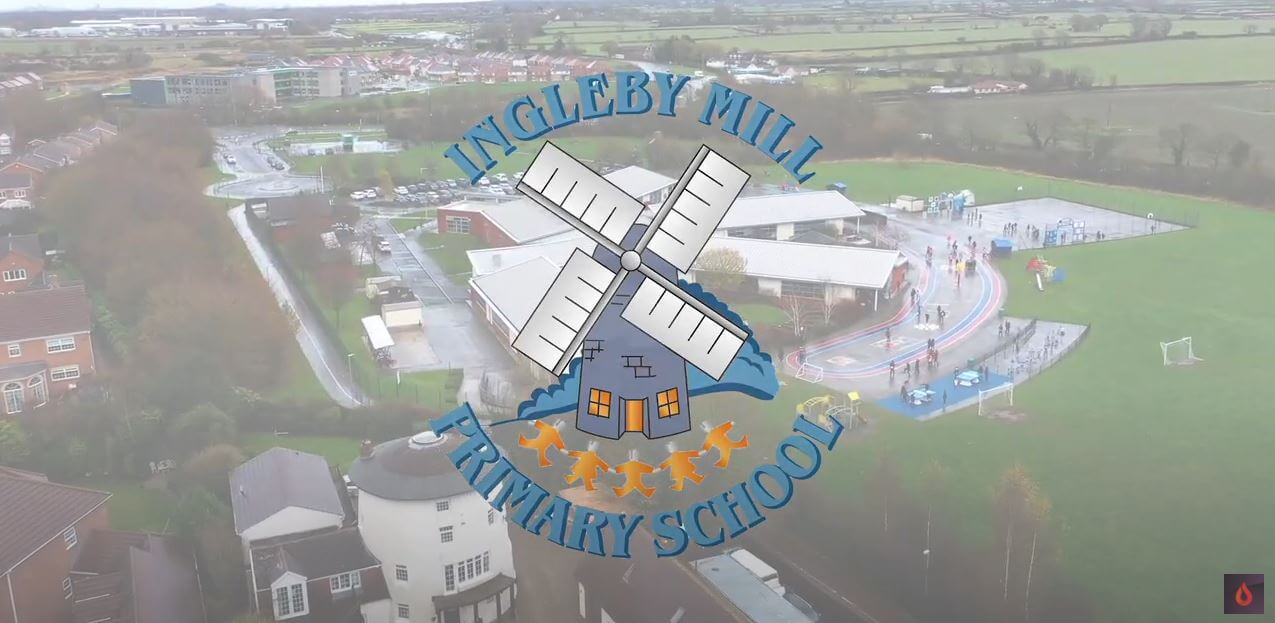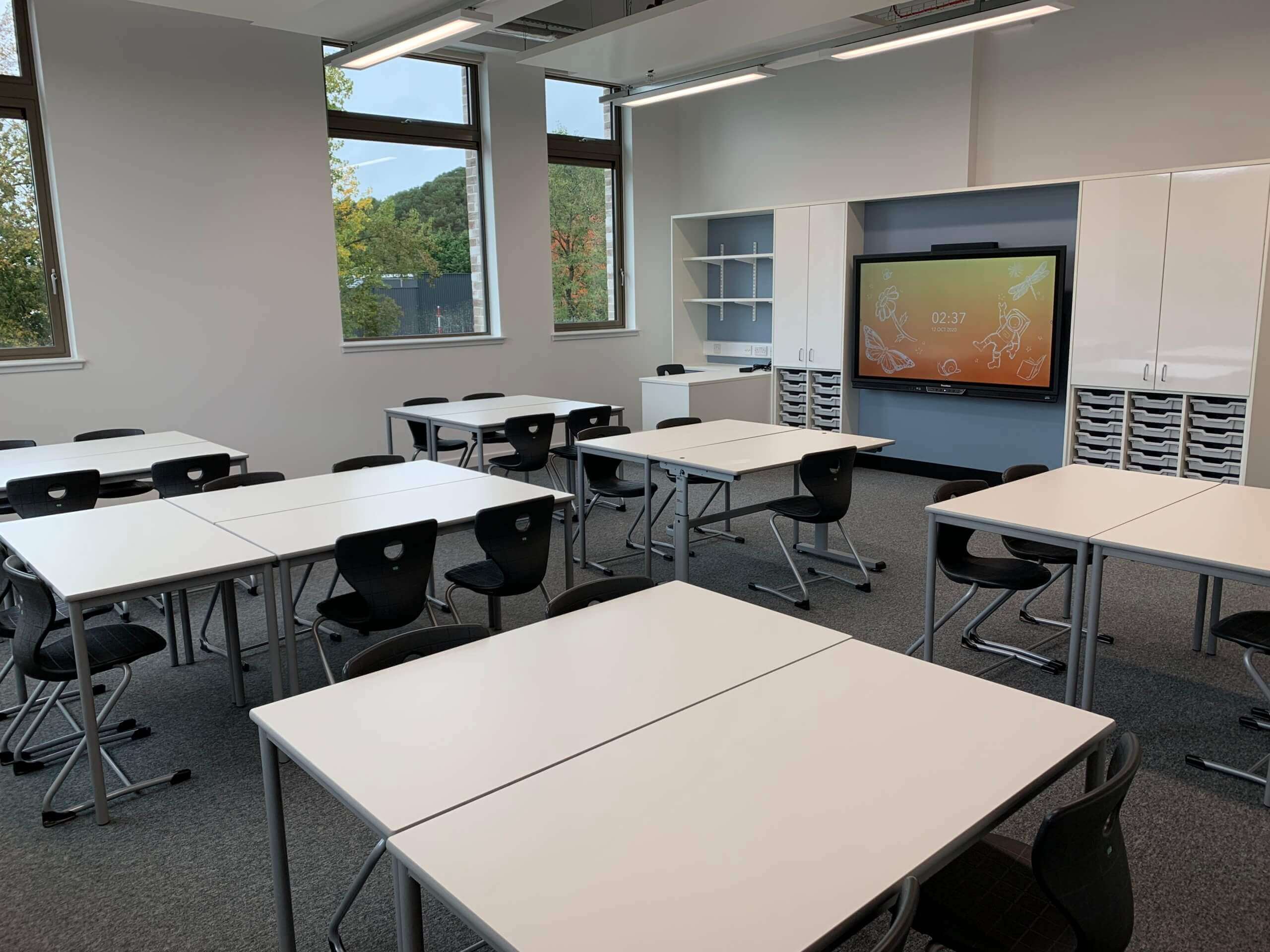School strategy setting is a complex task for SLT. It requires balancing a fundamental set of school needs — baseline attainment, budgets, stakeholders, and government policies — with the particular evolving needs of their staff and students. How do you increase the quality of teaching and learning while protecting staff and student wellbeing? How can you provide more modern equipment with a limited budget?
There’s no one-stop, single solution to these concerns, but there are strategic focuses to guide you. Edtech should underpin them. Technology is a strategic priority for more than half of school leaders, but one in five say they don’t have a specific IT strategy.
This inconsistency and lack of clarity will only hamper SLT’s ability to unite their staff towards school goals and streamline their teaching. So here are three strategic considerations to help school leaders achieve their priorities:
1. How well are you integrating technology?
The quality of edtech, the range available, purposeful integration — this can be the difference between wasted investments and targeted tools which empower your teachers. Most educators agree tech is an essential part of everyday life and that this should be reflected in the classroom, and feel more inspired to innovate with modern tools at their disposal.
But it’s important to avoid ad-hoc purchases or refreshes. A formal IT strategy ensures longevity and monitoring of value across all your school’s devices. It should be shaped by your specific staff and student needs, with guidance from your IT manager on how to align them to the latest trends. This collaboration will also help you identify valuable edtech, purpose-built for the classroom, over gratuitous gimmicks.
2. Are you working hard enough at wellbeing?
Social-emotional learning should drive your decisions so you’re not neglecting students’ non-academic needs. You should address your school’s particular experience during this time — such as a lack of contact or collaboration — and ensure your environment is a social space where pupils feel happy and safe.
It’s equally important to apply this same concern to your staff. Many are overburdened, with workload now one of the greatest threats to staff retention. Offering staff input on your strategic approach will grant them a gratifying feeling of influence and recognition, as well as increasing their overall buy-in of the strategy. This collaboration not only makes your staff feel happier, it also ensures the staff body is aligned with your approach, leading to more successful and positive changes.
3. Is enough time being made for training?
One of the most effective ways to make the most of your edtech and support staff wellbeing is with a commitment to training, but sadly it’s not seen as a priority for most schools.
The result of training being a low priority in your strategy? Staff are left to upskill themselves, which can mean they lack the latest insight on how to secure learning outcomes, falling behind on sector changes and important issues, such as safeguarding. That’s if they have the time to factor training into their busy routines at all.
By prioritising training, you’ll give teaching staff meaningful professional development opportunities and make them feel more valued. Your school’s training strategy shouldn’t be solely reactive to sudden issues or changes that arise, but planned from the outset based on the challenges your staff currently face. This ensures you’re not carrying forward the same issues, but are improving school processes for your staff and students year-on-year.




